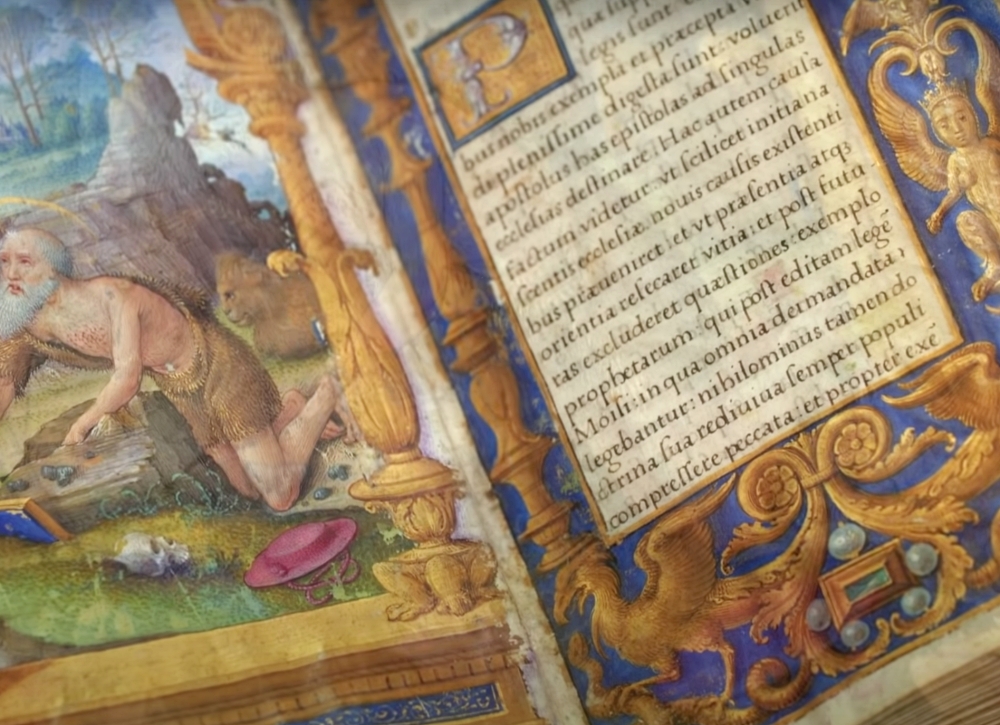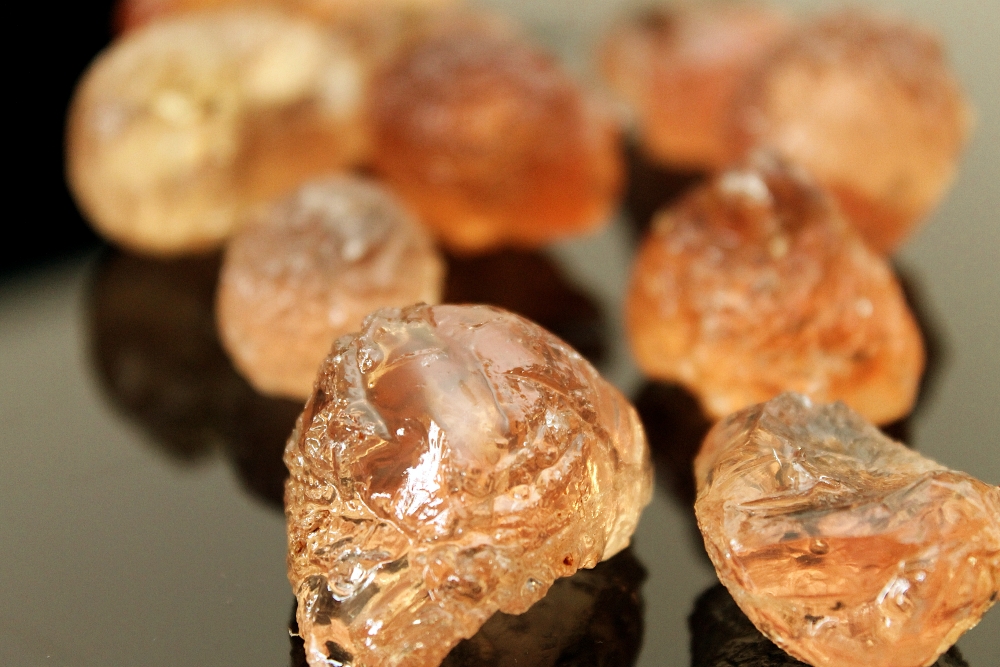How Renaissance Watercolor Paints Were Made
Not as simple as getting out the watercolor is kit these days.
There was a time when artists and artisans not only mixed their own colors, they made their own paints from scratch. Long before watercolors came in neat packages from manufacturers, they were formulated by hand. Each artist had their own recipes, but many of them used simliar ingredients. For everything from illuminated manuscripts to large paintings, watercolor was one of the most popular paint types during the Renaissance period. Here’s how these paints were created by hand.

The first step was to get some pigment powder. This could have been from a relatively inexpensive source, like red earth or charred wood. But, they also used semi-precious stones crushed into a whisper fine powder for this as well, which made them very costly in addition to the labor.

If you look at the blue from many illuminated manuscripts and paintings of that time it’s an intense blue that blends well. Lapis lazuli was one of the crushed semi-precious stones that gave that effect. And, unlike plant material, minerals tend to maintain their color over time, making them a better choice despite the expense.
The pigment powder was blended together with a binder like animal glue or gum arabic, the latter of which is the sap from the acacia tree and is still used in many products today. These ingredients were mixed with water in varying formulas for different effects, such as more binder and pigment for a more opaque color.

Rather than only being used for the soft paintings we make with watercolors today, in the Renaissance period they were applied thickly and even used for jewel-like miniature paintings that were served as the early precursors to photo lockets. For manuscripts watercolors were ideal were because they dried quickly, unlike oil paints.
See how it was done all those centuries ago in the video below.
SKM: below-content placeholderWhizzco for DOT

